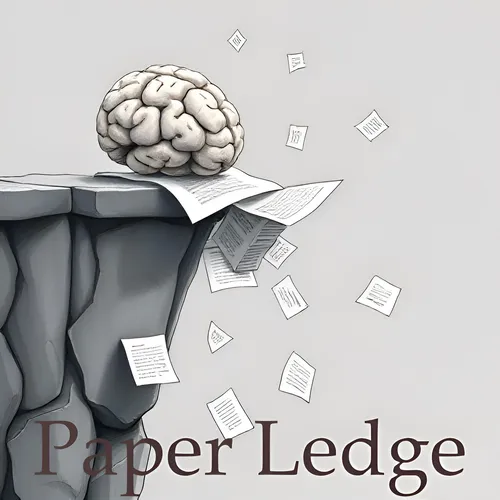Machine Learning - Discovering Hidden Algebraic Structures via Transformers with Rank-Aware Beam GRPO
- Author
- ernestasposkus
- Published
- Fri 22 Aug 2025
- Episode Link
- https://www.paperledge.com/e/machine-learning-discovering-hidden-algebraic-structures-via-transformers-with-rank-aware-beam-grpo/
Hey PaperLedge crew, Ernis here, ready to dive into some seriously cool research! Today, we're cracking open a paper that asks: can AI, specifically those super-powered "transformer" models we keep hearing about, actually figure out the hidden blueprints inside complex equations? Think of it like this: you've got a complicated recipe, and you want to know the secret ingredients that really make it work. That's essentially what this paper is all about.
So, what's this "functional decomposition" thing? Imagine you have a giant LEGO castle. Functional decomposition is like figuring out how to break it down into smaller, more manageable sections – maybe one section for the towers, another for the walls, and so on. In math, we're talking about taking a complicated polynomial equation (think something with lots of x's, y's, and exponents) and breaking it down into simpler pieces.
Now, the researchers didn't just want to see if AI could do it; they wanted to see how well it could do it, especially when things get really complicated. They focused on "multivariate polynomial decomposition" – basically, those LEGO castles are HUGE, and involve a ton of different types of LEGO bricks and building techniques!
Here's where it gets interesting. The team made their own synthetic data. Think of it as creating a training ground for the AI, where they could control exactly how hard the problems were. They could make the equations super complex or keep them relatively simple. This allowed them to test the AI's limits and see how it scaled up.
Then, they trained the transformer models using something called supervised learning. Basically, they showed the AI tons of examples of complex equations and their simplified "blueprints." After training, they put the AI to the test, judging it on things like:
- How well does it handle increasingly complex equations?
- Can it generalize and solve problems it hasn't seen before?
But here's the real kicker: the researchers didn't stop there. They developed a new technique called Beam Grouped Relative Policy Optimization, or BGRPO (say that five times fast!). This is where it gets a little more technical, but think of it as teaching the AI to play a game where it gets rewarded for making the right moves in simplifying the equation. It's like giving the AI a coach that helps it refine its strategy.
"BGRPO improves accuracy while reducing beam width by up to half, resulting in approximately 75% lower inference compute."
The cool thing about BGRPO is that it not only improved the AI's accuracy, but it also made it more efficient! Imagine being able to solve a complex problem with half the effort. That's what BGRPO achieved.
And guess what? The AI even went head-to-head with Mathematica, a powerful computer algebra system, in simplifying polynomials, and it won in some cases! Talk about impressive.
So, why should you care? Well, this research has potential implications for:
- Scientists and engineers: Imagine being able to quickly and accurately break down complex models into simpler components. This could speed up research and development in fields like physics, chemistry, and engineering.
- AI researchers: This work provides valuable insights into the capabilities of transformer models for solving complex mathematical problems and offers a new technique (BGRPO) that could be applied to other areas of AI.
- Anyone interested in the future of AI: This research shows that AI is capable of more than just recognizing images and translating languages. It can also tackle complex logical and symbolic computations, opening up new possibilities for AI-powered problem-solving.
This research demonstrates how AI is getting better at understanding and manipulating mathematical expressions. It's like giving AI the power to not just use math, but to understand it on a deeper level.
Here are a few things that pop into my head after reading this paper:
- If AI can decompose complex equations, what other complex systems could it help us understand, like the stock market or climate change?
- Could techniques like BGRPO be applied to other fields beyond mathematics, such as drug discovery or materials science?
- As AI gets better at these kinds of tasks, how will this change the way we teach math and science? Will we focus more on conceptual understanding and less on rote memorization?
That's all for this episode of PaperLedge. Until next time, keep learning, keep questioning, and stay curious!
Credit to Paper authors: Jaeha Lee, Gio Huh, Ning Su, Tony Yue YU
